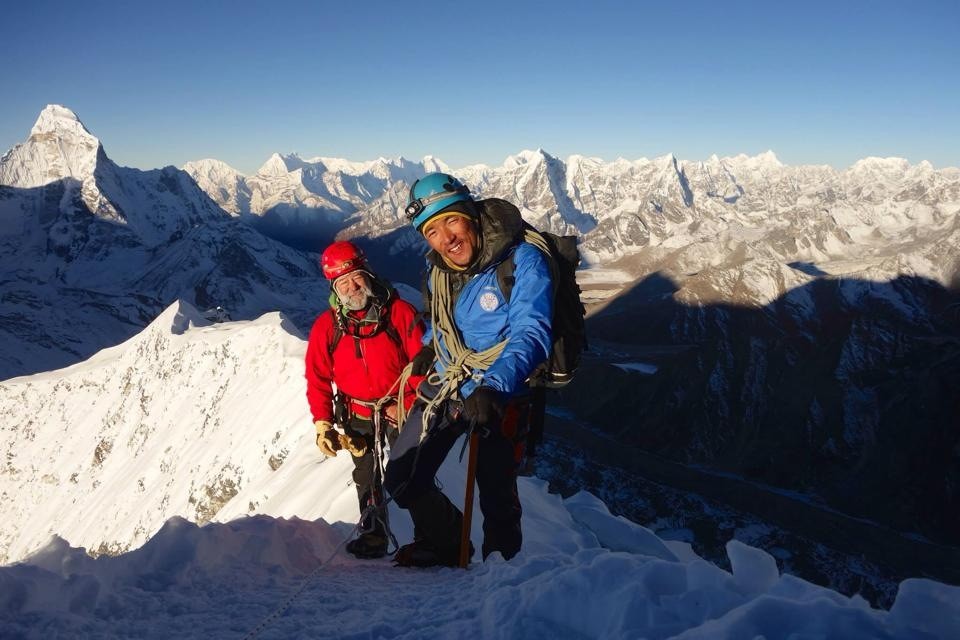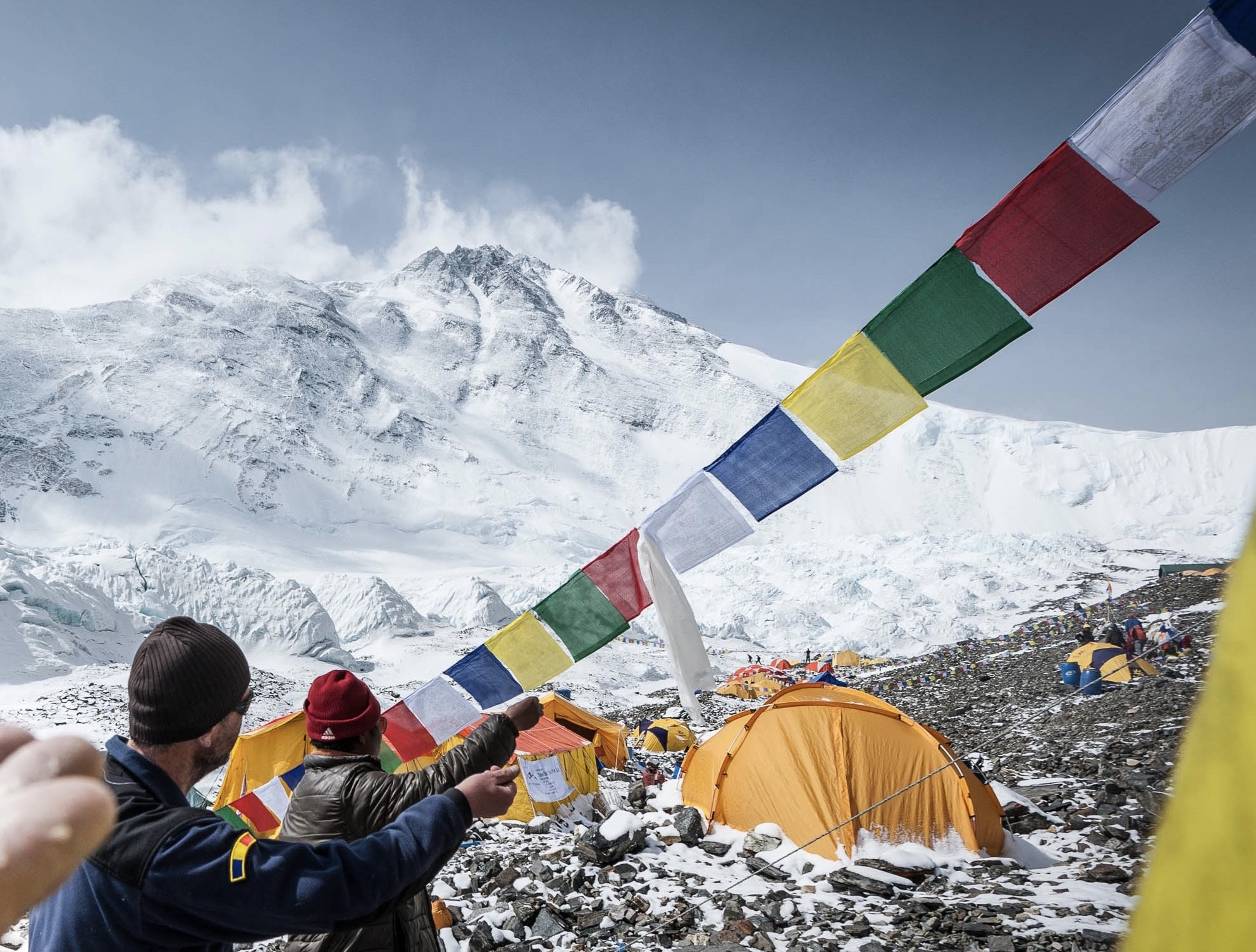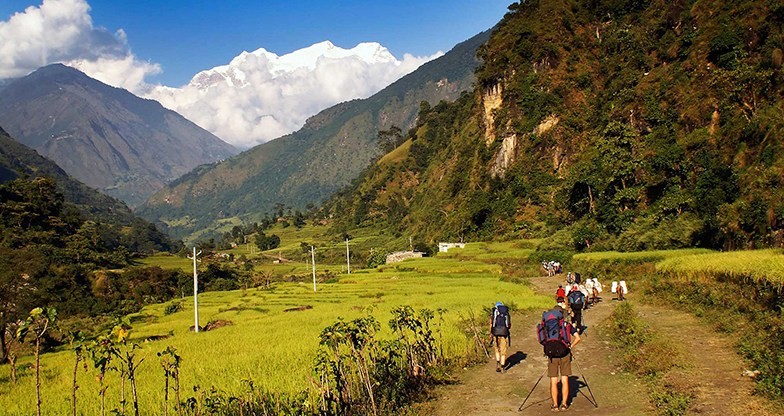

The mysterious Saribung Himal, located in Nepal's isolated Upper Mustang area, is a mountain that few people have heard of. Saribung Peak, at 6,346 meters, is a symbol of adventure, it's off-the-beaten-path attracts trekkers seeking the route less traveled.
This region, located in the Damodar Himalayan Range, has a rich Tibetan culture and a history connected with the ancient Silk Road, which connects China's Tibetan plateau with India. Saribung is located within the Annapurna Conservation Area. You'll travel through high alpine passes and glacier-studded landscape to reach Saribung's summit, where you'll be rewarded with breathtaking views of Himlung Himal (7,126 m), Nilgiri Himal (7,061 m), Lamjung Himal (6,983 m), Manaslu Himal (8,156 m) and Annapurna II (7,937 m).
Saribung Himal is a one-of-a-kind blend of culture, rugged beauty, and unspoiled nature, attracting people who dare to explore its enchanting mystery and become a part of an exclusive adventure.
Trip Highlight
Trip Start: 2024-10-10
Trip End: 2024-11-02
spots available
Having the right equipment on your adventure trips will make almost as much difference to your success, safety, comfort, and enjoyment as any physical training you do. It is essential that you take the time to acquire the correct gear; don’t wait for the last minute to find out your local shop doesn’t have your size. This equipment is expensive, but you can often find great sales online and at your local gear store. The purpose of this gear list is to help guide your purchases.
This list is a guide. While you are required to bring everything on this list, there are numerous options, brands, and versions of each piece of equipment, unless otherwise noted. Using our current suggested brand list we encourage you to shop around, do research, use your experience and the listed features to find the best gear for you.
During your time in the mountains, you will encounter a very wide range of temperatures and weather conditions. At one end of this range is the pleasantly warm and beautiful low land, while at the other end of the spectrum is found the cold and often windy weather of the highest peaks in the world. The equipment you bring must function well in a wide variety of conditions. Your clothing should be warm, lightweight, dry quickly, and allow good freedom of movement. The layering principle, based on several thin layers of insulation
(rather than one thick one), covered with an outer weatherproof shell, meets these needs well.
A Note on Packing
For your international flights, we recommend that you pack all your equipment in your two duffle bags. Do not simply pack your backpack (since the straps can be damaged by the baggage handling machines). It is important to lock these bags for their trip. Depending on the airport, you may be able to put your travel locks on after TSA has searched the bags. If not, Lock the bags with Zip Ties. If the TSA cuts off the zip-tie to search your bag, they will replace it. You will still need the travel locks to lock your bags in the hotel and during the expedition. Generally, you will take one duffel up to Base Camp, and leave one in the hotel in Kathmandu with your belongings for your time in the city. Your trek in duffel will only be accessible in the evenings (with items such as changes of clothing, sleeping bag), and your day pack will hold vitals such as water, layering, blister kit, and camera.
Important Notes:
Tips:
Clothing
Footwear
Handwear
Headwear
Climbing Gears
Backpacking
Accessories
Hygiene and first aid
Others
Ski Packing List
There’s nothing worse than leaving your ski holiday packing to the last minute and drowning in a pile of gloves, socks and thermals the night before you leave. Take your time and go through our useful guide for snowsports essentials to help make sure you’ve got everything you need in your bag.
The golden rule of ski holiday preparation is clever packing. We’ve all been there… stuck at the top of a lift on the coldest day having left behind a crucial piece of clothing or kit. If you have a history of poor packing, we’ve created a fail-safe packing list to make sure you bring everything you need.
Travel Essentials
Ski/Snowboard Equipment
Ski/Snowboard Clothing:
Other Clothes
Other Stuff:
Luxuries:
Conclusion:
As the weather condition is unpredictable in the Himalayan region, you need to be prepared at all times. A day can start sunny with clear skies and later become cold and windy at the high altitudes.
Sometimes, it can rain and snow during the trekking period. You need to remember that for a successful trekking journey, your physical comfort must be the first priority.
Note:
Please note that these items listed above will vary according to the season, trek duration. Please remember that your luggage will be carried by the porter, but you need to carry a daypack on your own. We also suggest you pack only necessary items to keep the weight of your equipment to a minimum. Carrying a day pack only applies to the trekkers who take full package with us and those who take only guide they should bring the bag big enough to carry their own stuff. If you have any questions, please do not hesitate to contact us at your convenience.
1
The best time to climb Saribung Peak is during the spring (April-May) and autumn (September-November) seasons. These months offer stable weather conditions, clear skies, and good visibility.
2
Saribung Peak Climbing is a challenging adventure that requires a good level of physical fitness, technical climbing skills, and experience.


